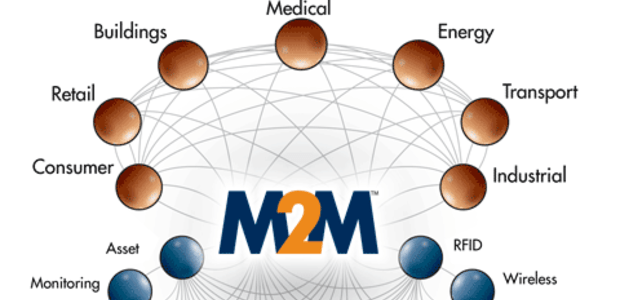advertisement
Age of the Machines: How viable is the M2M market for Africa’s MNOs?
While machine-to-machine (M2M) opportunities may be limited across the African continent, significant potential for growth exists, particularly in respect to…

While machine-to-machine (M2M) opportunities may be limited across the African continent, significant potential for growth exists, particularly in respect to the deployment of M2M energy, utility, and security services.
That’s the opinion of global ICT consulting firm International Data Corporation, which asserts that the more mature markets of South Africa, Kenya, and Nigeria are currently leading the charge, with M2M technology being used in their transportation and retail verticals to deliver services such as fleet management, asset tracking, retail point of sale (POS), and pay-as-you-go insurance.
“M2M technology is clearly gaining traction in Africa, albeit at a slower rate than seen in the world’s more developed markets,” says Oluwole Babatope, a telecommunications and networking research analyst at IDC West Africa. “And while consumer applications for M2M technology undoubtedly exist, enterprises will be the main customers for such services, and thus the main drivers of growth. Fleet management, vehicle tracking, and pay-as you-go insurance will be the key service areas in the short term, but as connectivity in Africa improves, growth is expected in M2M energy, utility, and security services.”
advertisement
Other critical growth drivers identified by IDC include improved mobile network coverage and bandwidth availability, increased usage of smart devices, and supportive government policies, with the latter proving particularly beneficial in Nigeria and Kenya. African governments that establish regulations enforcing smart monitoring of electricity and water meters have the potential to drive usage of M2M in the energy and utility sectors, as has been the case in both Brazil and China.
The continent’s increasingly mobile-centric telephony landscape means that the primary mode of connectivity for services will be wireless, chiefly 2G GSM. This is because the services currently taken up typically require low bandwidth, meaning 2G connectivity will suffice. However, as mission-critical services relying on low-latency packet delivery grow (e.g., video surveillance), 3G connectivity will become more significant.
“In order to maximize the revenue potential of M2M, mobile network operators (MNOs) need to develop end-to-end solutions and avoid relying on revenue from connectivity alone,” advises Babatope. “African MNOs also need to develop a robust portfolio of value-added services. This can be achieved by engaging in strategic partnerships with stakeholders along the M2M value chain.”
advertisement
IDC expects the M2M markets in most regions of the continent to grow slowly over the next five years, largely because mass-market consumer applications for the technology remain few and far between. IDC further predicts that, as the African M2M market matures, there will be a shift from providing solutions to developing service-delivery models.
“Due to the low average revenue per device (ARPD), there will be a need to generate recurrent revenue from services,” concludes Babatope. “The profitability of MNOs in delivering solutions and services will, in future, hinge on how service-oriented they become; a greater focus on services will likely deliver improved profit margins.”